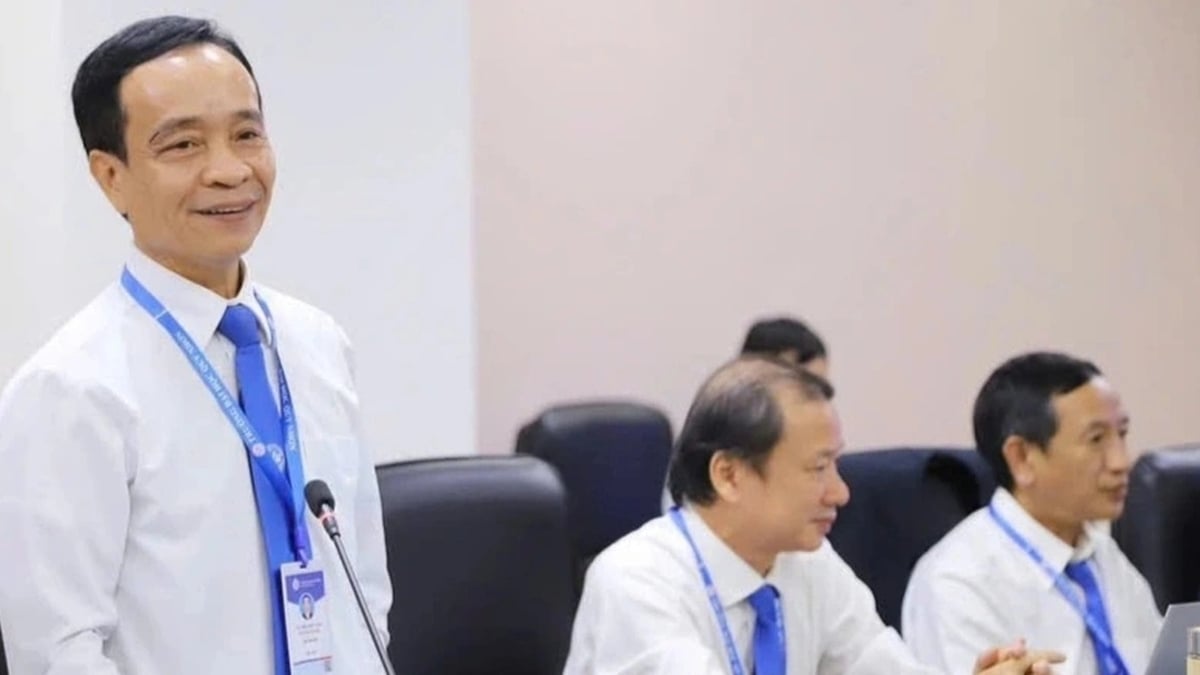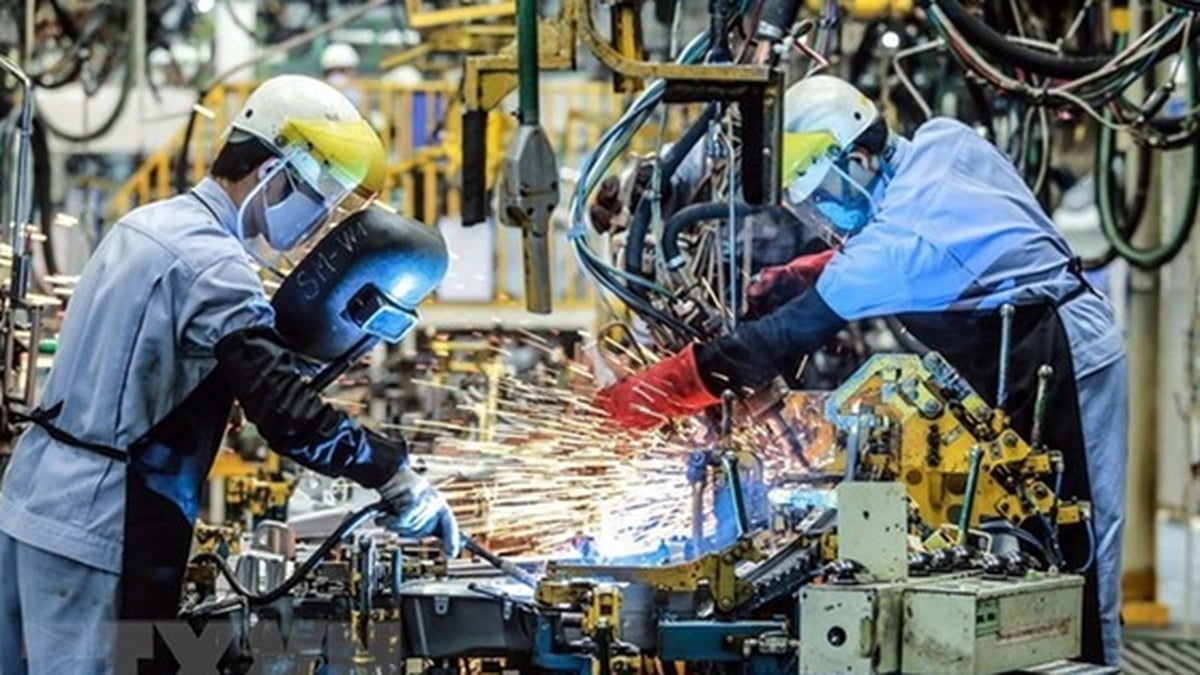
Along with the smooth operation of the two-level government system, promoting the cultural values of post-merger localities to their full potential is an important and urgent task.
Part 1: Cultural power unites communities, shapes the future
From 34 new provinces and cities, resources are concentrated, requiring localities to build regional cultural strategies to promote potential and strength, contributing to the socio-economic development of the country.
Building identity and brand in the new context
In the national socio-economic development strategy, our Party and State always pay attention to the cultural factor. Resolution No. 76/2025/UBTVQH15 dated March 15, 2025 of the National Assembly Standing Committee on the arrangement of provincial-level administrative units in 2025 sets out the task: The development of a plan to arrange provincial-level and commune-level administrative units must preserve and promote the historical, cultural and ethnic traditions of each locality; ensuring the solidarity of the community.
Previously, Resolution No. 18-NQ/TW dated October 25, 2017 of the 12th Party Central Committee on continuing to innovate and reorganize the political system to be streamlined and operate effectively and efficiently stated that the arrangement of grassroots administrative units must be consistent with local characteristics, including cultural factors. This demonstrates the consistent viewpoint of the Party and State in identifying culture as a driving force for sustainable development, helping localities build their identity and brand in the new context.
The policy of merging provincial administrative units is an inevitable step, in line with development requirements in the new era, overcoming the limitations of the current administrative system, especially the situation of resource dispersion and inefficiency in small-scale provinces. The merger into 34 new administrative units not only helps reduce the budget burden, but also creates opportunities to re-plan local and regional development space.
Merging provincial administrative units is not about losing local identity, but about elevating the locality. It is not about erasing history, but about writing a new chapter on a larger scale and with a higher stature.
Dr. Nguyen Si Dung
However, the reorganization process poses challenges because each province and city has its own cultural identity, crystallized over hundreds of years of history, closely linked to community life. Changing boundaries, names, or administrative centers can reduce the space and resources for traditional cultural activities in residential areas, villages, and hamlets.
A greater concern arises at the provincial level, where cultural values not only have community significance but also play a strategic role in economic, cultural and social development. If this issue is not adequately addressed, there is a risk of focusing resources on cultural development only in the central region while neglecting mountainous, remote and isolated areas, causing cultural identity to fade away or even disappear.
To resolve this concern, the preservation and promotion of cultural values must be placed at the center of the institutional reform process. Authorities at all levels and functional sectors need to proactively research and develop appropriate plans, ensuring two requirements: One is to improve the efficiency of management of the apparatus after streamlining; two is to preserve and promote new local traditional cultural values, so that culture is truly the spiritual foundation of society, both a goal and an endogenous strength, a driving force for national development.
Vice Chairman of the Committee for Culture and Society Ta Van Ha analyzed: “The Vietnamese people have a culture of more than 4,000 years, each locality and region has its own cultural identity, each ethnic group has its own culture, customs, habits, and long-standing historical traditions associated with the land. Therefore, when merging, we must pay attention to the factors of geography, culture, history, nature, economy, political, social, ethnic, religious factors... These factors are the glue that binds the community and creates the unique cultural features of the region”. According to Meritorious Artist Dang Cong Hung, Vice Chairman in charge of the Literature and Arts Association of Gia Lai province, if there is no deep understanding and openness, it can easily lead to a situation of “going together but not meeting”.
Maximize regional advantages
To maintain and promote traditional cultural values in the context of administrative mergers, it is necessary to implement synchronous solutions. First of all, new provinces and cities need to proactively develop regional cultural development strategies that fully reflect the characteristics of member localities, have appropriate development and preservation plans, and create competitive advantages.
This strategy should focus on prioritizing investment in cultural heritage, traditional festivals, craft villages and folk arts. For example, in the case of merging Hai Duong and Hai Phong, it is necessary to ensure that Hai Duong's unique cultural values such as Chu Dau pottery, Hong Phong water puppetry or Con Son-Kiep Bac festival continue to be supported with material and human resources and organized on a commensurate scale. At the same time, it is necessary to design a fair cultural budget allocation mechanism, giving priority to localities that are no longer administrative centers in order to maintain cultural activities.
In addition, it is necessary to encourage the public-private partnership model, mobilizing businesses to participate in the conservation and exploitation of cultural heritage, both helping to preserve heritage and creating jobs for people, bringing revenue to the local budget.
According to Dr. Tran Huu Son, the newly merged provinces and cities are the gathering place of many cultural sub-regions, so he proposed to form cultural sub-regions from communes with similar geographical and historical characteristics, forming a community of cultural owners, in order to maximize regional advantages in the socio-cultural development of the locality. Poet Van Cong Hung is optimistic: "When culture develops, it will lead to the general development of the socio-economy".
Equally important is promoting the application of digital transformation in cultural preservation. This is an effective tool for managing and promoting cultural values in the context of administrative mergers. Building a digital cultural database - including information on historical relics, festivals, craft villages and ethnographic materials - helps preserve local cultural memories.
Provincial “digital cultural maps” can be established, allowing residents and visitors to easily access information about unique cultural values, while supporting the promotion of sustainable tourism. Technologies such as virtual reality (VR) or augmented reality (AR) can be applied to recreate festivals, relics, and craft villages, bringing vivid experiences to the younger generation. This is a way to preserve intangible culture, which is easily lost when there is no longer a traditional venue.
On the other hand, it is necessary to promote education and communication to help arouse pride in local cultural identity as well as national culture. Press agencies and social networks need to promote their role in spreading cultural values, telling stories about local heritage and people in a vivid, attractive and inspiring way.
Communication campaigns should focus on building a positive cultural image, encouraging people to participate in heritage conservation and take pride in their regional identity. Community participation, especially among young people, will turn cultural conservation into an endogenous need, instead of just applying top-down policies.
Culture is the pillar of sustainable development. Institutional reform through administrative unit mergers to restructure the apparatus is an opportunity for Vietnam to affirm the power of culture in connecting the community and shaping the future. Preserving and promoting cultural identity in institutional reform should be considered the responsibility of the entire political system as well as the common mission of the whole society. When culture is placed at the center of all policies, today's reform will create a solid foundation for Vietnam to develop sustainably, create a strong national identity and confidently assert its position in the international arena.
(To be continued)
Source: https://nhandan.vn/phat-huy-nguon-luc-van-hoa-trong-ky-nguyen-moi-post892484.html




















































![[Maritime News] More than 80% of global container shipping capacity is in the hands of MSC and major shipping alliances](https://vphoto.vietnam.vn/thumb/402x226/vietnam/resource/IMAGE/2025/7/16/6b4d586c984b4cbf8c5680352b9eaeb0)













































Comment (0)